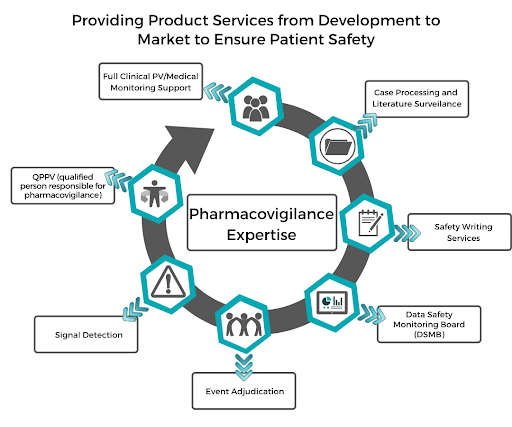Guideline on good pharmacovigilance practices: Module I – Pharmacovigilance systems and their quality systems

The Guideline on Good Pharmacovigilance Practices (GVP) Module I – Pharmacovigilance Systems and Their Quality Systems is a foundational document developed by the European Medicines Agency (EMA) to ensure the effective monitoring of medicinal product safety within the European Union.
🔍 Overview of GVP Module I
Module I provides comprehensive guidance for Marketing Authorisation Holders (MAHs) and regulatory authorities on establishing and maintaining robust pharmacovigilance (PV) systems. These systems are designed to monitor the safety of authorized medicinal products and detect any changes to their benefit-risk balance. The module emphasizes the integration of quality systems to ensure that PV activities are conducted efficiently and comply with legal requirements.
🧱 Key Components of Pharmacovigilance Systems
-
Pharmacovigilance System Definition: A structured framework used by MAHs and regulatory authorities to fulfill PV responsibilities, ensuring the safety of medicinal products.
-
Quality System Integration: Implementation of a quality system that includes documented procedures, training, performance monitoring, and continuous improvement mechanisms to support PV activities.
-
Qualified Person Responsible for Pharmacovigilance (QPPV): An individual appointed by the MAH who is responsible for the establishment and maintenance of the PV system, ensuring compliance with PV obligations.
-
Pharmacovigilance System Master File (PSMF): A detailed document that describes the PV system, including information on the QPPV, organizational structure, processes, and quality system.
-
Critical PV Processes: Activities such as signal detection, risk management, adverse event reporting, and communication strategies that are essential for maintaining drug safety.



